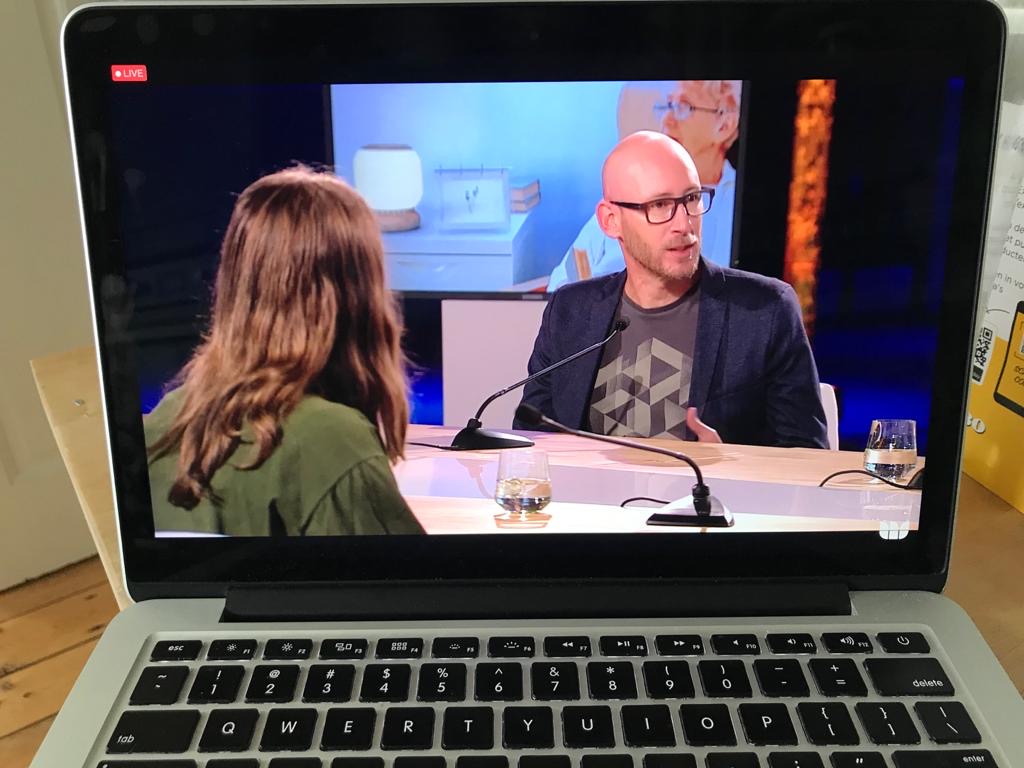I’m thrilled and honoured to take part in this year’s Dutch Design Week! Although events have moved online I’ll be on-site in Eindhoven to take part in a livestream/talkshow – part of Design United’s Up Close and Personal programme (update: recording available here). I’ll be speaking on one of the programme’s five themes, Silent Power, and have also written a short column on the topic for the occasion.

Trust me, I’m a Designer
Imagine you have just left the bar on your way home after a lovely evening on the town. You may have had a bit too much to drink, but that doesn’t explain the scent you’re smelling, and it certainly doesn’t explain why you are feeling so calm. On your way home you feel a bit tired, so when you spot a bench you quickly sit down to rest. After a few minutes the bench starts to emit loud sounds while vibrating wildly under your body! What does it want? Increasingly tired, with ears ringing, you call a cab. The car arrives quickly, but as it moves through downtown you notice that it is taking an unfamiliar, somewhat roundabout road. Why isn’t the driver taking the shortest route? You finally arrive home and use the app to open your door. The door, however, refuses to open. Puzzled by its refusal to cooperate, you sit down on the steps in front of your house and wonder, is someone playing a cruel prank on you?

When it comes to smart urban technologies the future is already here. Kind of. Networked sensors can be found in more and more places, feeding city algorithms with the data they need to make decisions about the flow of people, vehicles, energy, waste, and more. But as urban technologies become more complex, omnipresent yet unobtrusive, people seem to have less capacity to make sense of them. Simply stated, we don’t trip over data the same way we may trip over a crack in the pavement, and so raising the alarm almost always happens after the technology has already been deployed. Obviously, one doesn’t have to understand how a technology works in order to use it. I can’t begin to tell you how my computer, the internet or the browser you are using to read this column work – certainly not in detail – but it doesn’t seem to affect my ability to write, and yours to read. But if we, the public, want to be able to influence the way technology is designed and how it is being used by governments and corporations, we need to recognise that the design of technology involves more than just finding the most efficient or cost-effective way to do things.
Design is a human activity that reflects our values, beliefs, imaginaries and motivations. Unmasking how this meshwork of interests impacts the design and use of technology, and with what possible consequences, is the primary task of critical design. Without it, we risk losing our ability to stay ahead of technology, leaving the future to be shaped by others. How do I know this? Trust me, I’m a designer.

